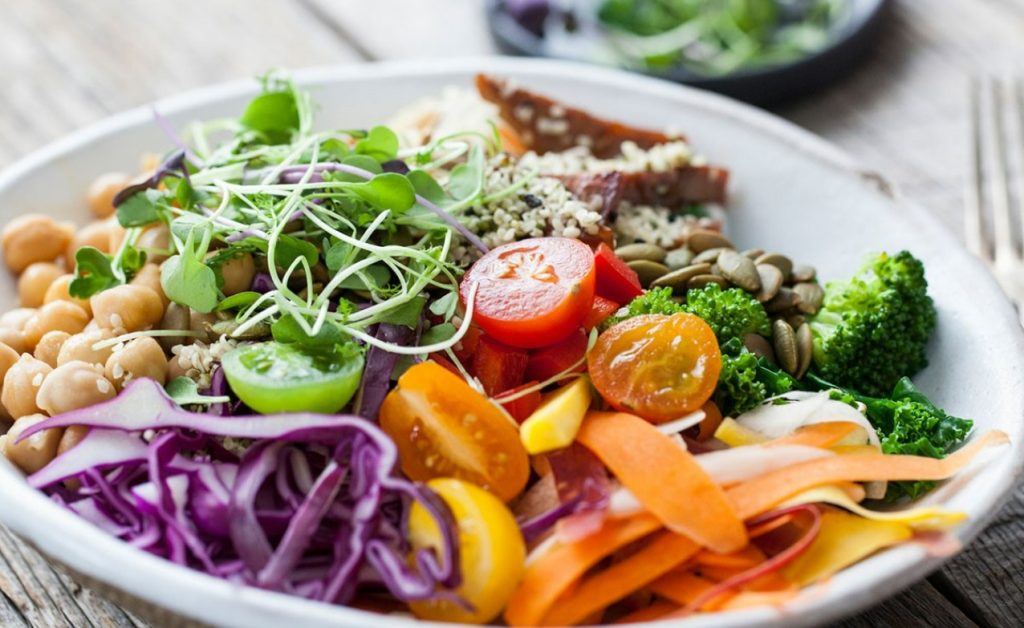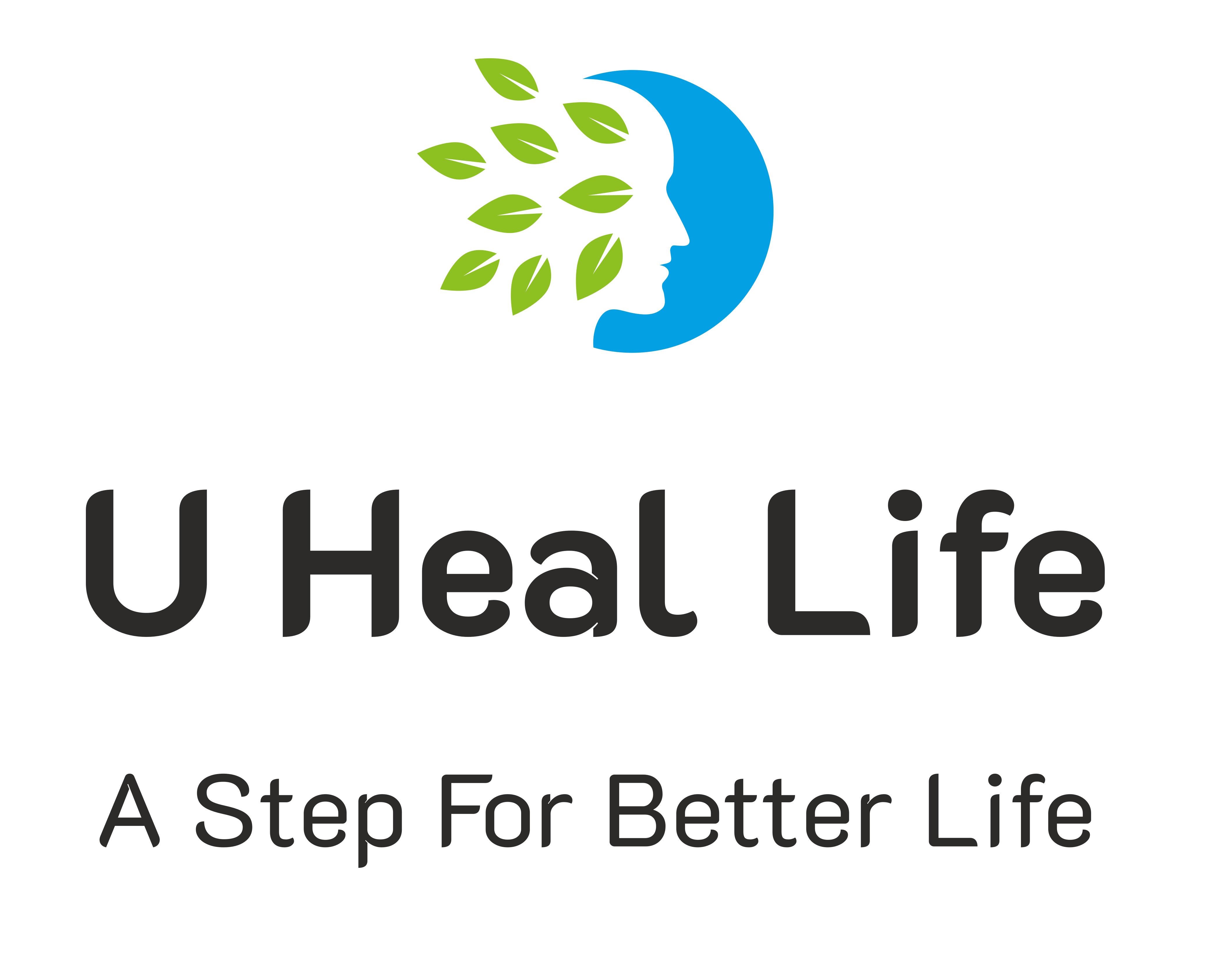Clean Eating: Tips and Tricks for a Healthier Lifestyle
Clean eating is not just a diet, it is a way of life. It involves choosing whole, unprocessed foods that are nutrient-dense and free from additives, preservatives, and artificial ingredients. Clean eating is all about consuming foods that are as close to their natural state as possible, and it has numerous health benefits.
In this article, we will be sharing the best tips and tricks for incorporating clean eating into your daily routine. Whether you are looking to lose weight, improve your energy levels, or just lead a healthier lifestyle, these tips will help you get started on your clean eating journey.

What is Clean Eating?
Clean eating is a way of eating that focuses on consuming whole, unprocessed foods that are free from additives, preservatives, and artificial ingredients. This means eating foods that are as close to their natural state as possible, such as fresh fruits and vegetables, whole grains, lean proteins, and healthy fats.
When you eat clean, you are choosing foods that are nutrient-dense and provide your body with the vitamins, minerals, and other nutrients it needs to function properly. Clean eating is not about counting calories or depriving yourself of your favorite foods, but rather about making healthier choices that nourish your body and support your overall health and wellbeing.
Tips for Clean Eating
If you are looking to incorporate clean eating into your daily routine, here are some tips to help you get started:
1. Focus on whole, unprocessed foods
The foundation of clean eating is whole, unprocessed foods that are free from additives, preservatives, and artificial ingredients. This means eating plenty of fresh fruits and vegetables, whole grains, lean proteins, and healthy fats.
When you choose whole foods, you are getting the most nutritional bang for your buck. These foods are packed with essential vitamins, minerals, and other nutrients that are essential for optimal health and wellbeing.
2. Read food labels
When shopping for food, it is important to read food labels carefully. Look for foods that are free from additives, preservatives, and artificial ingredients, and choose products that are as minimally processed as possible.
Avoid foods that are high in sugar, sodium, and unhealthy fats, as these can have a negative impact on your health. Instead, choose foods that are low in these ingredients and high in essential nutrients.
3. Prepare your own meals
One of the best ways to ensure that you are eating clean is to prepare your own meals at home. This allows you to control the ingredients that go into your food and ensures that you are getting the most nutritional value from your meals.
When preparing your meals, focus on using whole, unprocessed ingredients and avoid processed foods as much as possible. Experiment with new recipes and try to incorporate a variety of fruits, vegetables, whole grains, and lean proteins into your meals.
4. Avoid sugary drinks
Sugary drinks are a major contributor to weight gain and other health problems. These drinks are high in calories and sugar, and provide little nutritional value.
Instead of sugary drinks, choose water, unsweetened tea, or other low-calorie beverages. These drinks will help keep you hydrated and provide your body with the fluids it needs to function properly.
5. Snack on whole foods
When you need a quick snack, reach for whole, unprocessed foods instead of processed snacks. Fruits, vegetables, nuts, and seeds are all great options
6. Choose lean proteins
Lean proteins are an important part of a clean eating diet. Choose proteins that are low in saturated fats and free from hormones and antibiotics.
Good sources of lean protein include chicken, turkey, fish, tofu, and legumes. Try to include a source of protein in every meal to help keep you feeling full and satisfied.
7. Incorporate healthy fats
Healthy fats are an important part of a balanced diet and can help improve your heart health and brain function. Choose fats that are rich in omega-3 fatty acids, such as salmon, avocado, nuts, and seeds.
Avoid unhealthy fats, such as trans fats and saturated fats, which can increase your risk of heart disease and other health problems.
8. Shop at local farmers’ markets
Shopping at local farmers’ markets is a great way to find fresh, seasonal produce that is free from pesticides and other harmful chemicals. Local farmers’ markets often offer a wider variety of fruits and vegetables than traditional grocery stores, and the produce is often less expensive as well.
9. Limit processed foods
Processed foods are often high in sugar, sodium, and unhealthy fats, and provide little nutritional value. Try to limit your intake of processed foods and focus on eating whole, unprocessed foods instead.
If you do choose to eat processed foods, read food labels carefully and choose products that are low in sugar, sodium, and unhealthy fats.
10. Practice mindful eating
Mindful eating involves paying attention to your body’s hunger and fullness signals, and eating slowly and deliberately. This can help you avoid overeating and make healthier food choices.
Take time to enjoy your meals and savor the flavors and textures of the foods you are eating. This can help you feel more satisfied and make it easier to stick to your clean eating goals.
Pros and Cons of Clean Eating
Here are some pros and cons of clean eating:
Pros
- Clean eating can help improve your overall health and wellbeing by providing your body with the nutrients it needs to function properly.
- Eating whole, unprocessed foods can help you feel more satisfied and energized, and may help you lose weight.
- Choosing clean foods can help reduce your risk of chronic diseases, such as heart disease, diabetes, and cancer.
Cons
- Clean eating can be more expensive than eating processed foods, as whole, unprocessed foods can be more costly.
- It can be difficult to find clean foods when eating out or traveling, which can make it challenging to stick to a clean eating diet.
- Some people may find it difficult to give up their favorite processed foods and may struggle with cravings and temptation.
FAQs
Q: Is clean eating the same as a vegan or vegetarian diet?
A: No, clean eating is not the same as a vegan or vegetarian diet. While both diets focus on whole, unprocessed foods, vegan and vegetarian diets exclude animal products, while clean eating does not.
Q: Can I still eat sweets and desserts on a clean eating diet?
A: Yes, you can still enjoy sweets and desserts on a clean eating diet, but it is important to choose healthier options that are low in sugar and free from additives and artificial ingredients.
Q: Do I need to count calories on a clean eating diet?
A: No, you do not need to count calories on a clean eating diet. Instead, focus on choosing whole, unprocessed foods that are nutrient-dense and provide your body with the fuel it needs to function properly.
Conclusion
Clean eating is a way of life that can help improve your overall health and wellbeing. By choosing whole, unprocessed foods that are free from additives, preservatives

